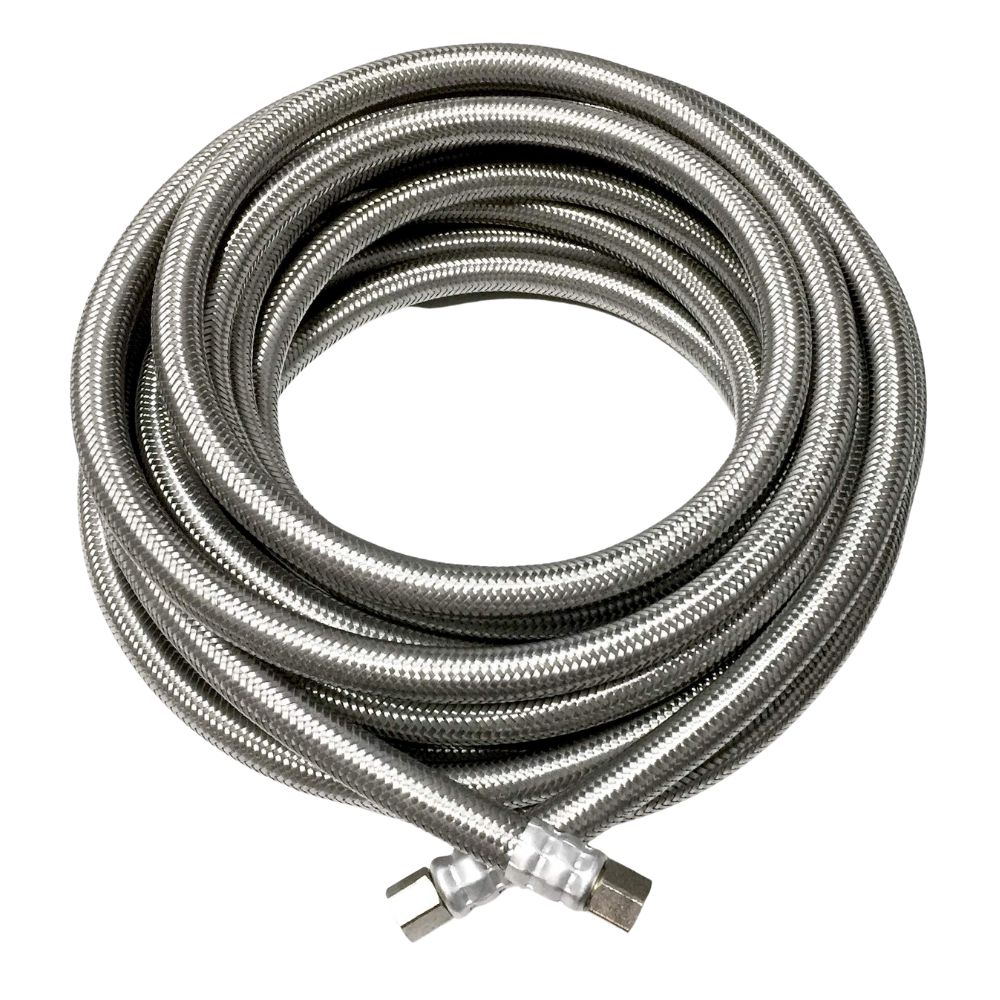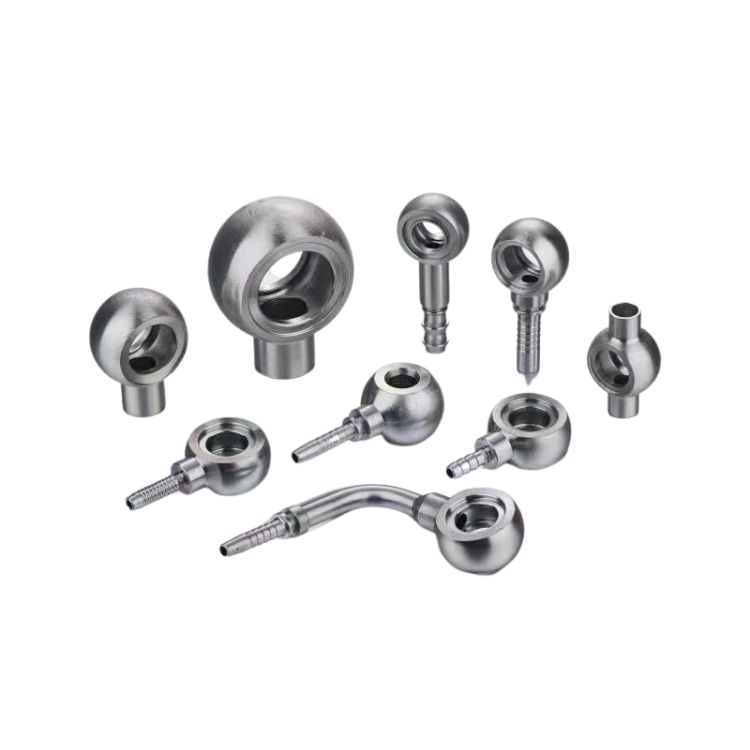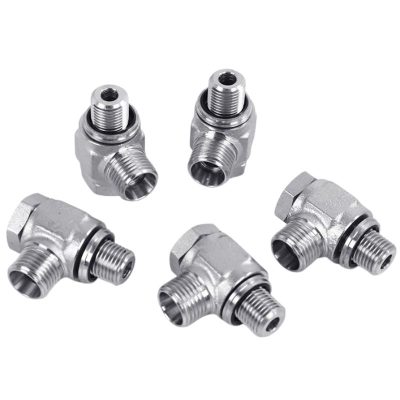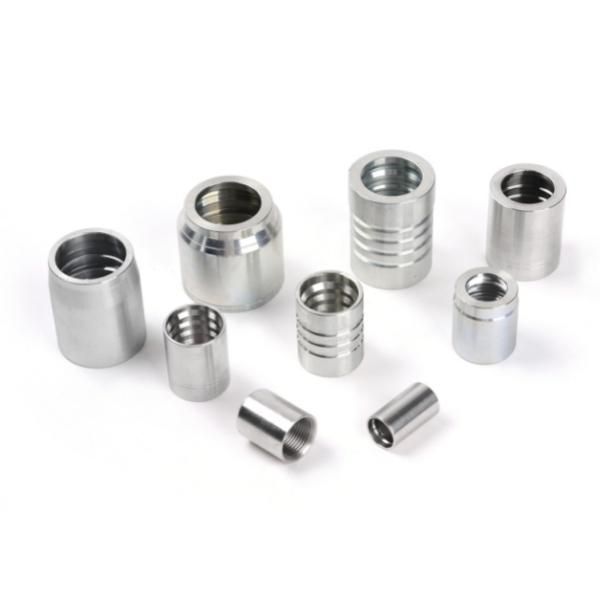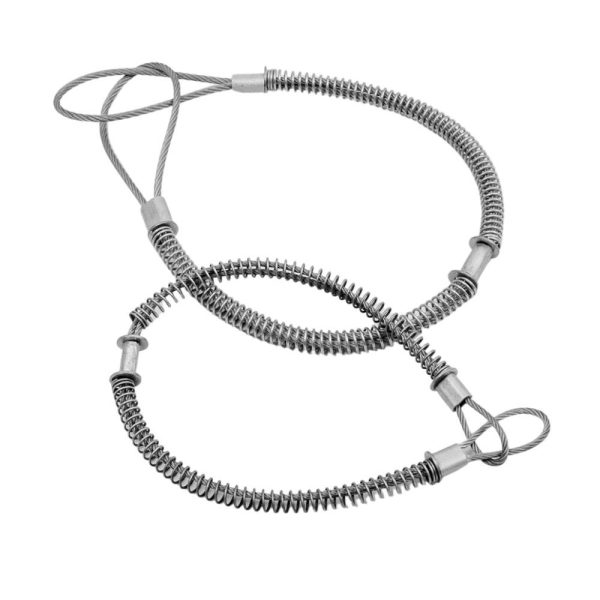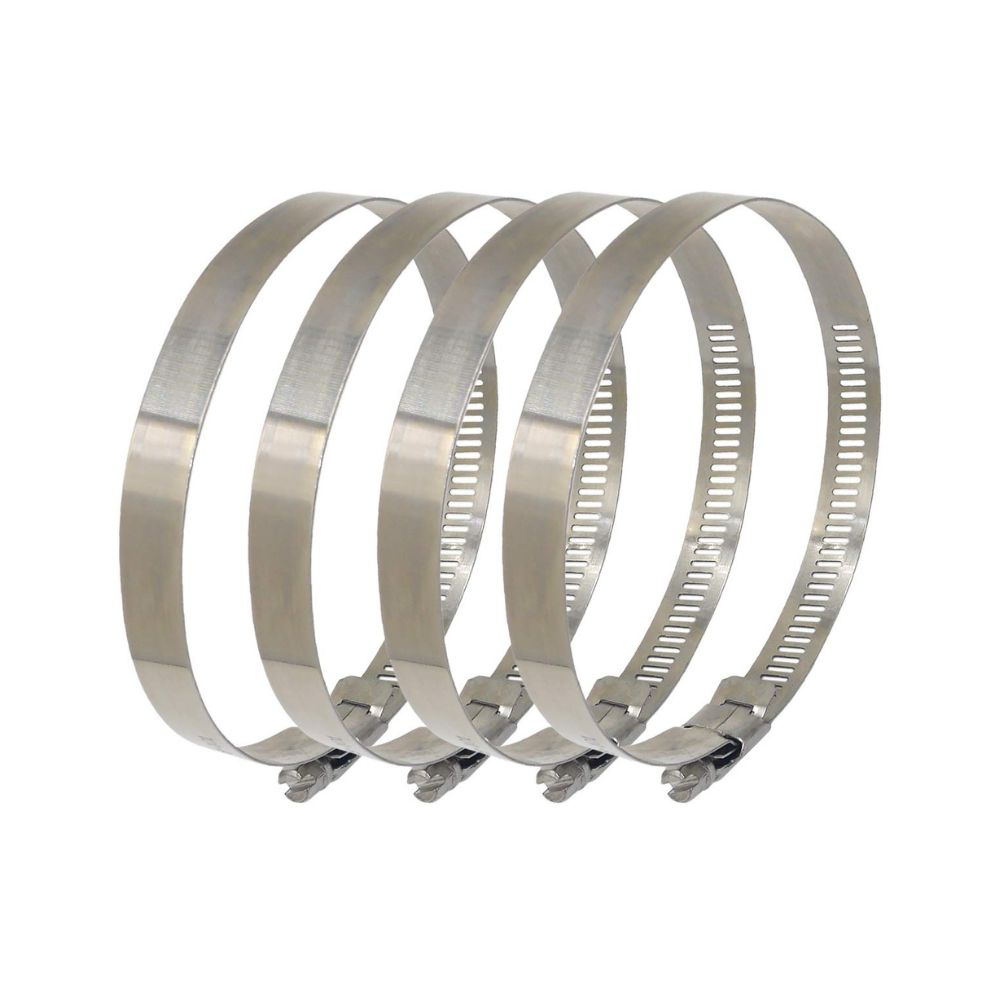Ball Valve manufacturer
◇ Easy to maintain
◇ Multiple types
◇ Leak-proof
◇ Versatile
Compatible Ball Valve manufacturer in China
A ball valve is a special sort of valve, called a shut-off valve, which has a rotating ball with a hole inside that allows fluid to pass smoothly without leakage. Ball valves are often superior to globe and gate valves and can be used to great effect in many applications.
Product List
Ball valves can be adapted to both high and low pressure environments. Typically, if the requirements are simple,one-piece ball valve can be chosen; split ball valve has relatively high advantages and can be disassembled and repaired, while three-piece ball valve is relatively expensive, it also has more significant advantages and can be repaired directly, eliminating the trouble caused by disassembly.
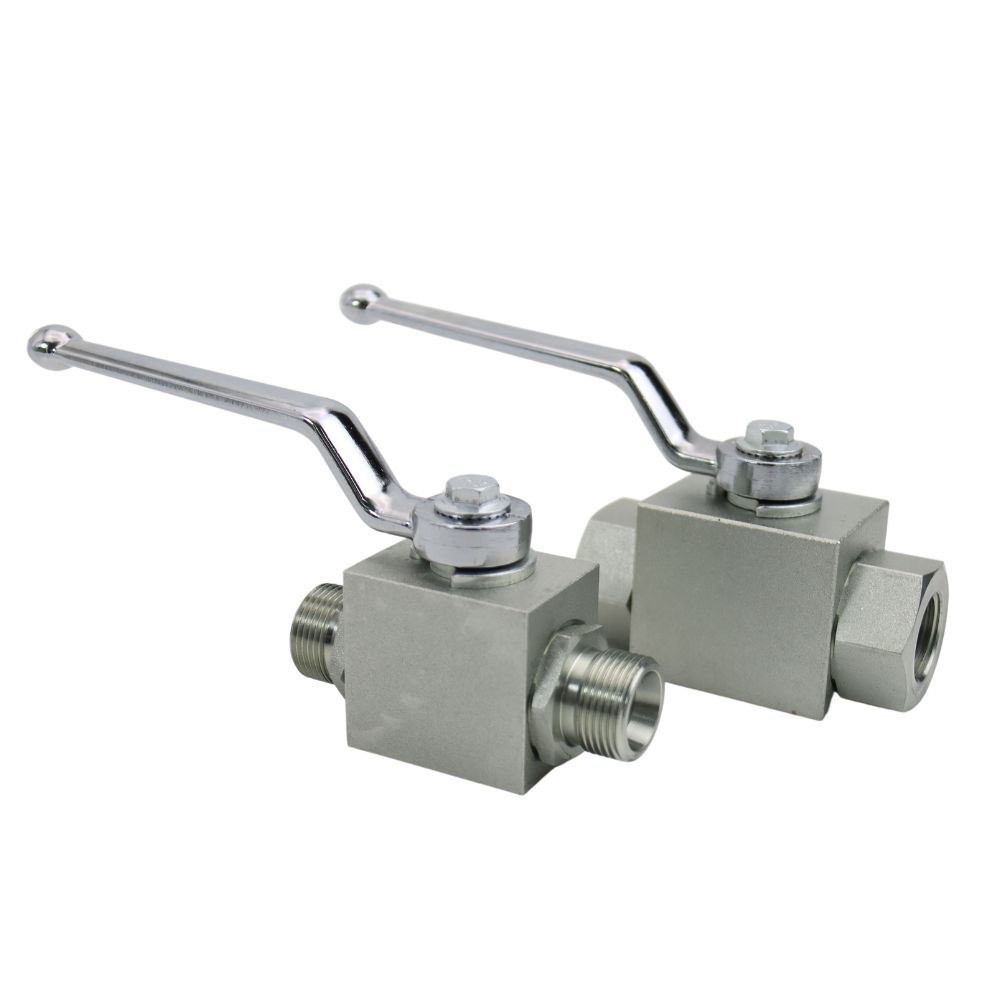
2-way high pressure ball valves
Two-way ball valves have two ports, one outlet and one inlet. They are one of the most common ball valves.
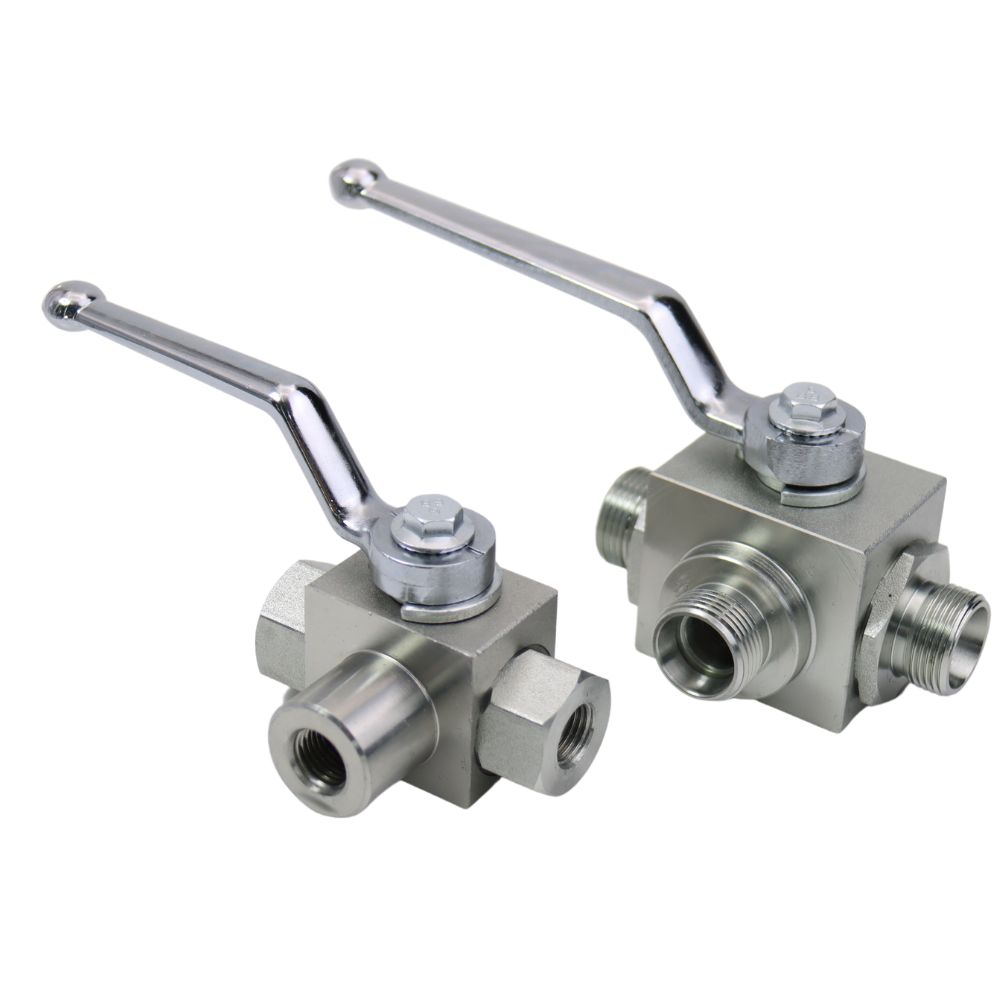
High pressure 3 way ball valve
The three-way ball valve has three ports, an inlet, an outlet and a vent. Three-way ball valves are more practical and valuable than two-way ball valves.
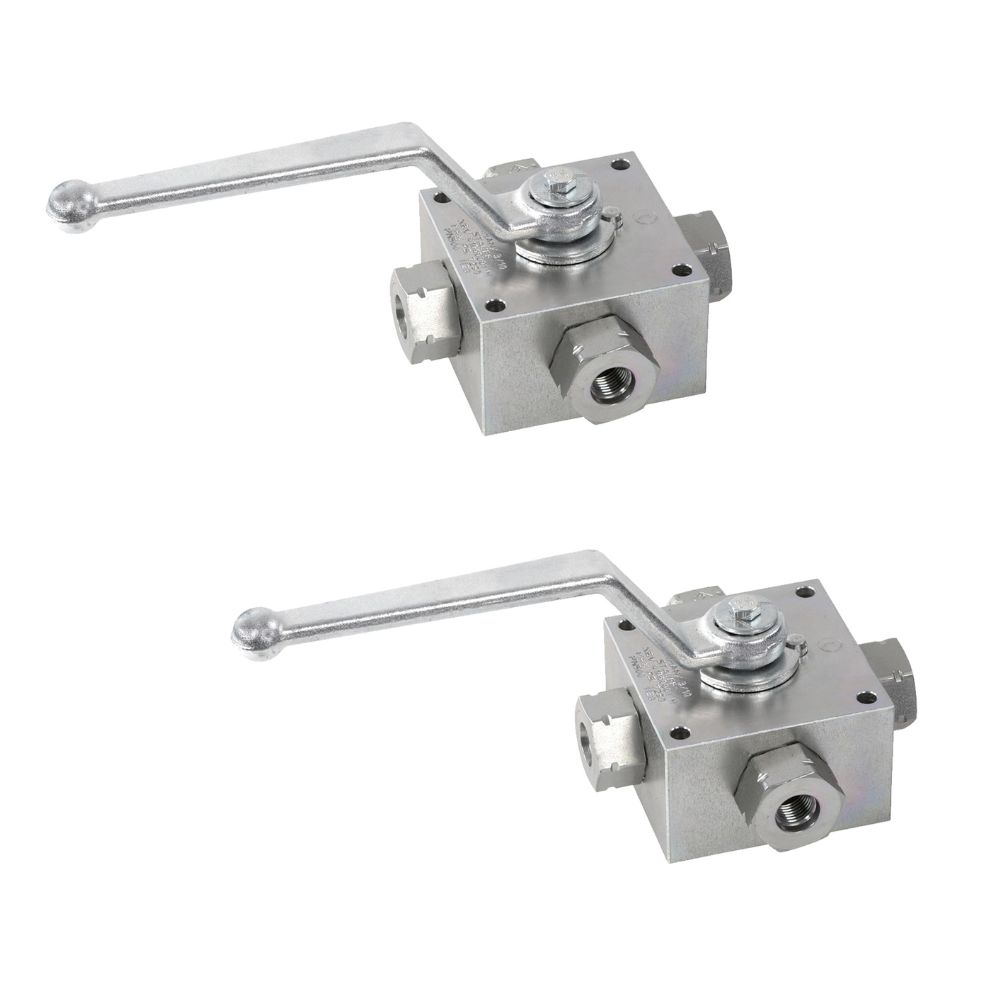
4 way high pressure ball valve
The four-way ball valve has four ports that allow fluid to enter from four orientations into a component, which then coordinates the batching.
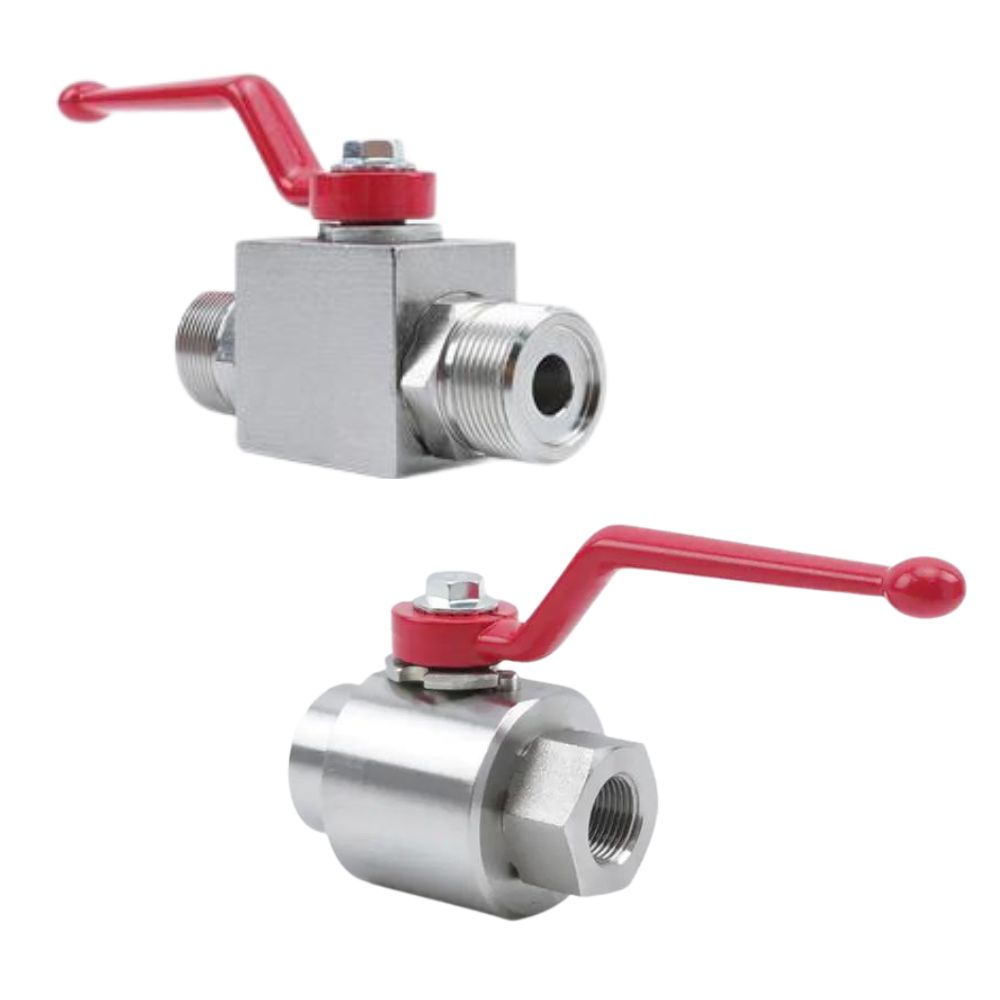
High pressure ball float valve
The high pressure ball float valve has an internal float that rises with the water level. It is suitable for applications that require large amounts of water.
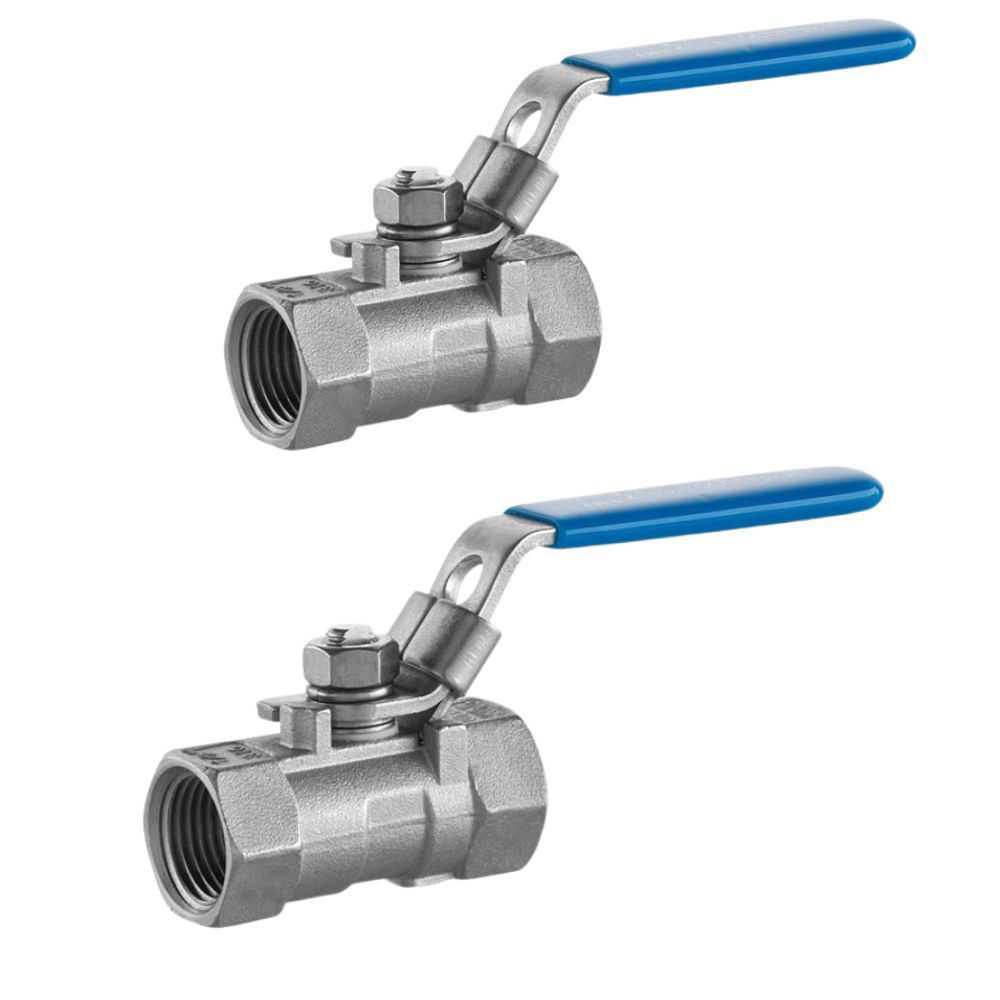
Low pressure ball check valve
Low pressure ball valves are mainly one-piece ball valves that are easy to operate and are suitable for low pressure applications.
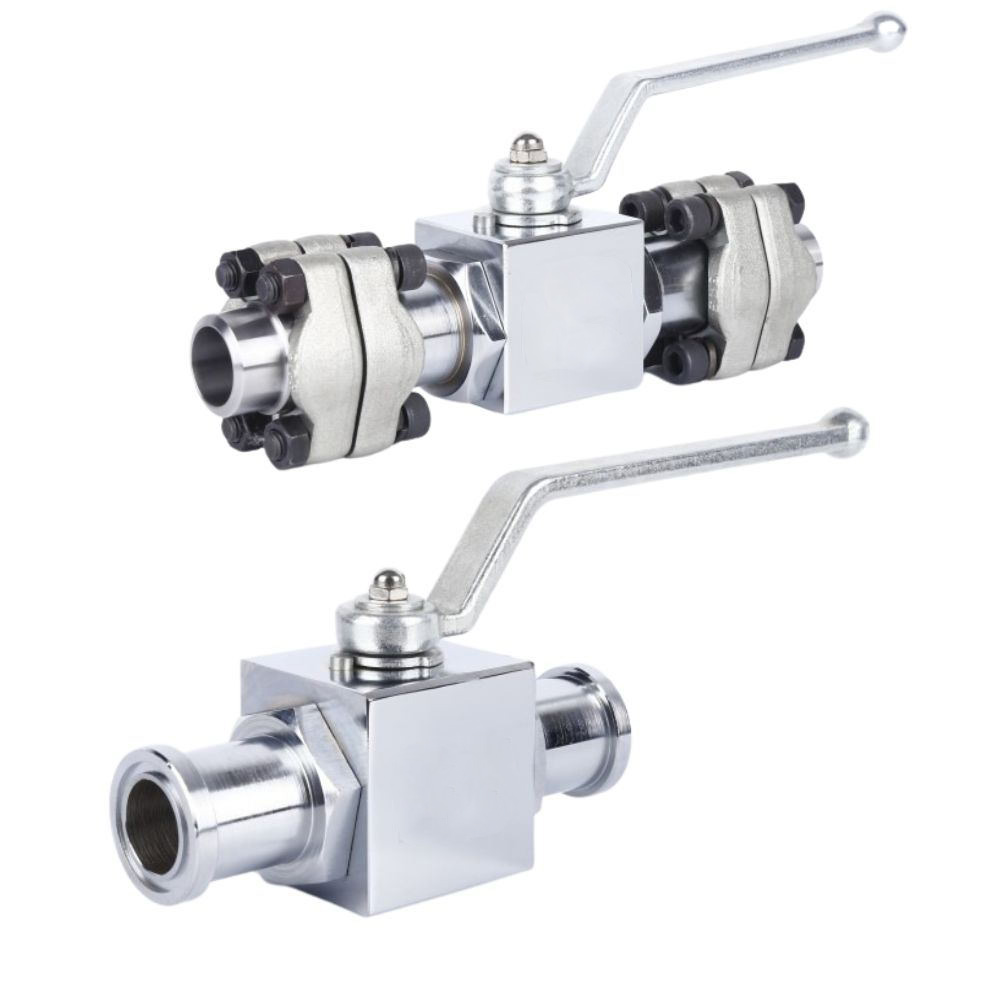
High pressure flanged ball valves
Flanged high-pressure ball valves with flanged joints are more convenient to install and easy to operate.
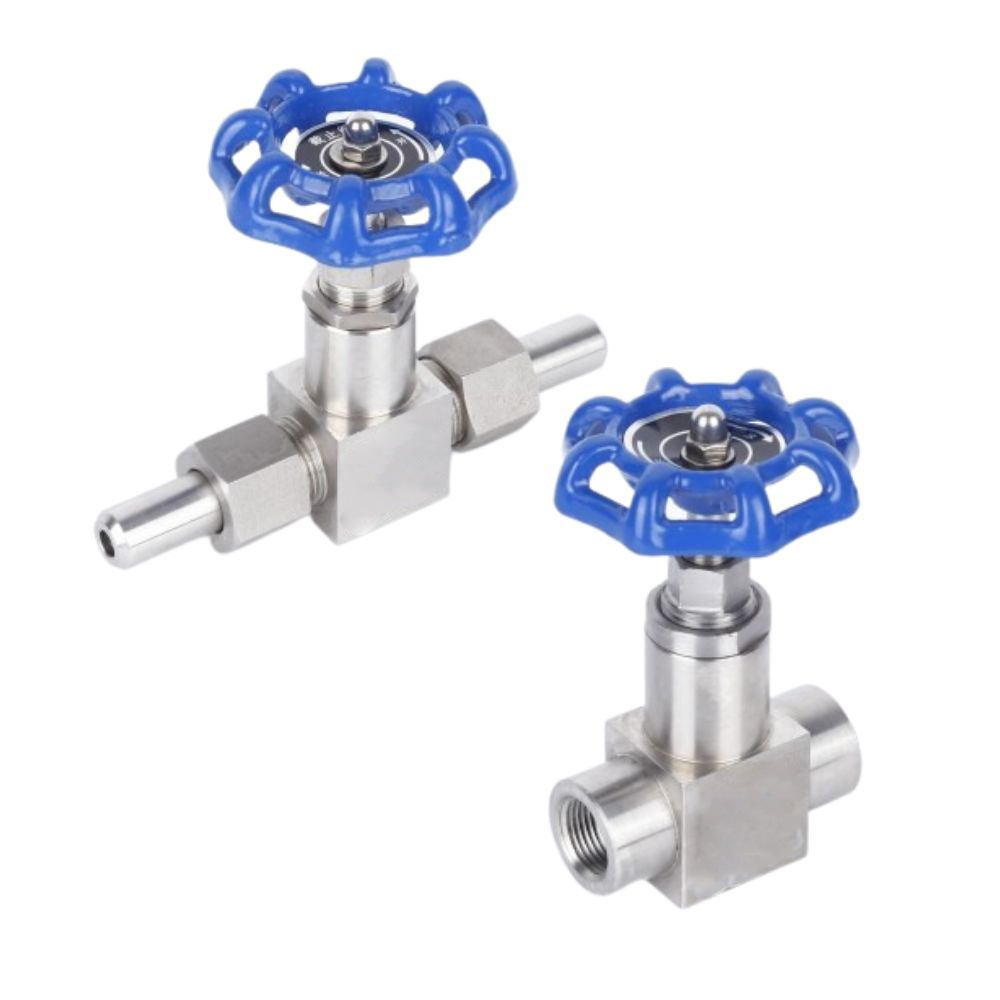
High pressure ball check valve
High pressure check valves allow fluid to flow in one direction only and do not allow liquid to flow back.
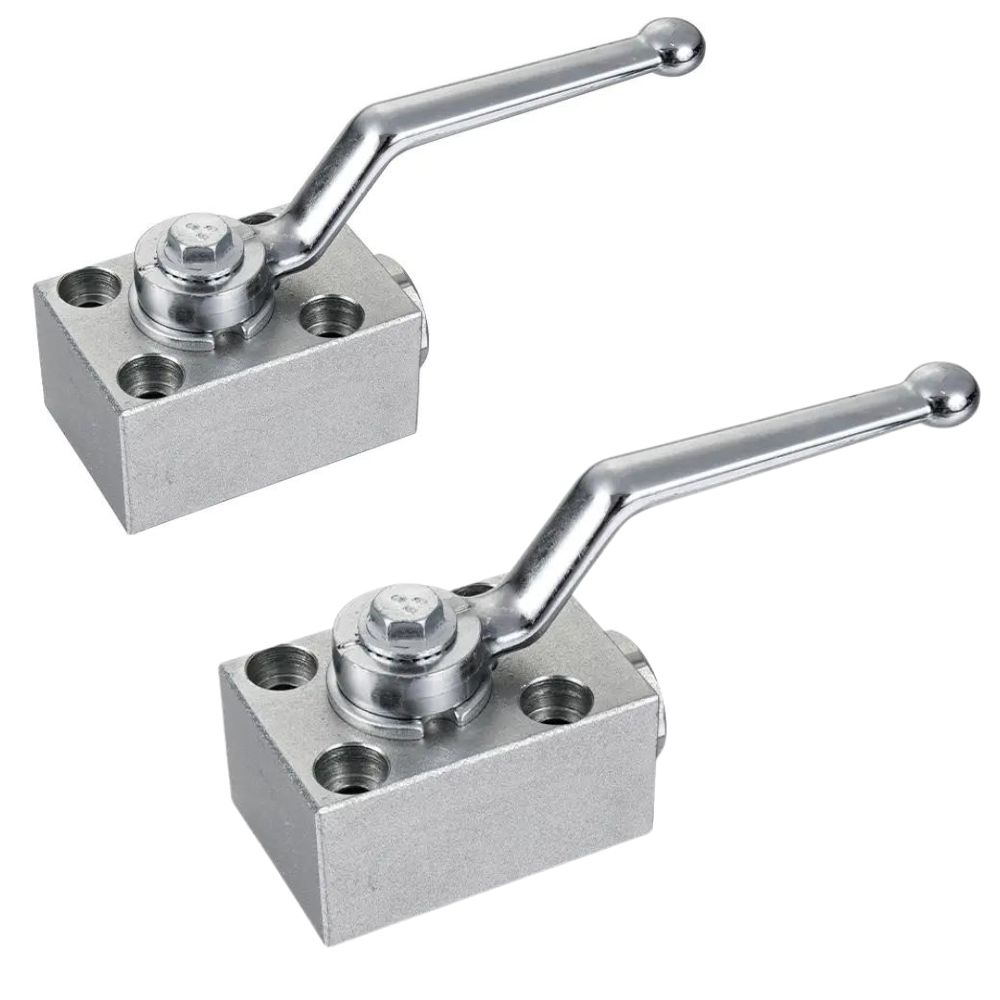
Manifold ball valve
The manifold ball valve comes with four to six mounting holes for easier installation. It can be used in some high pressure applications.
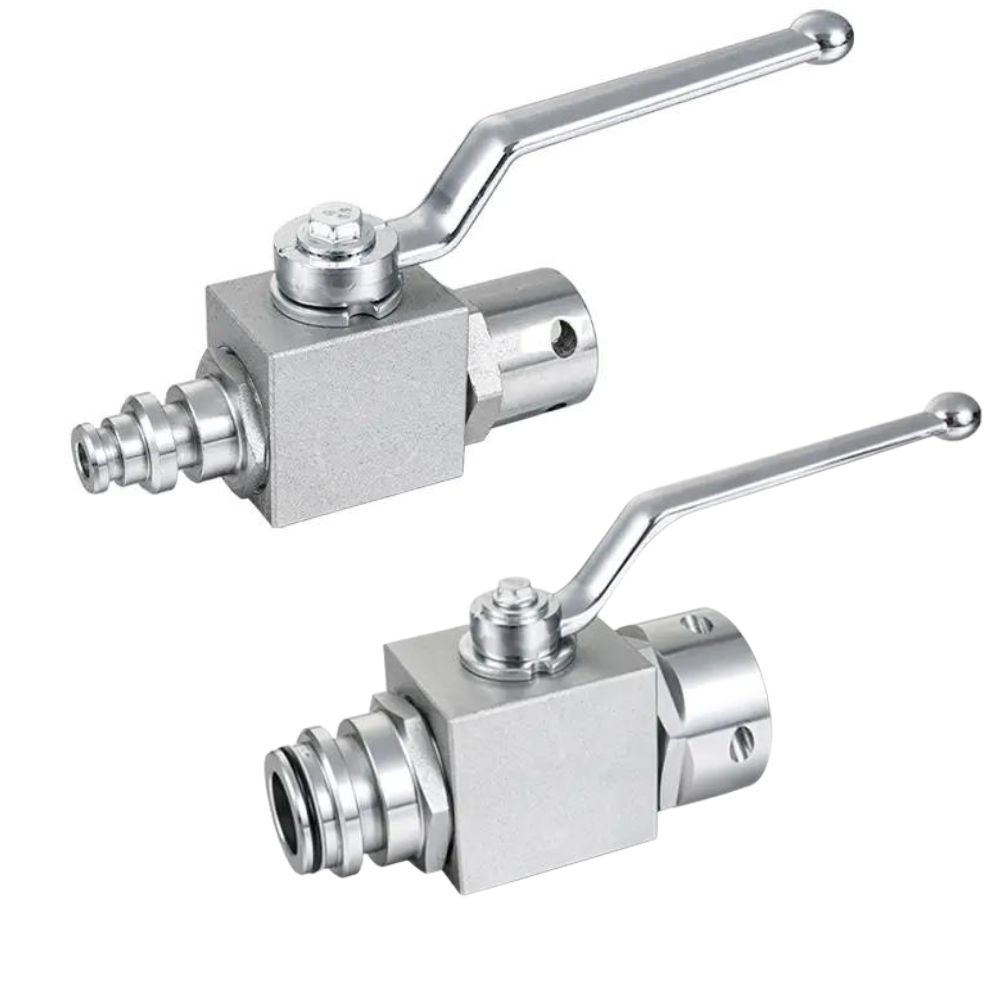
Mining ball valve
The mining ball valve is a closing element, mainly used for hydraulic fluid distribution. Highly practical.
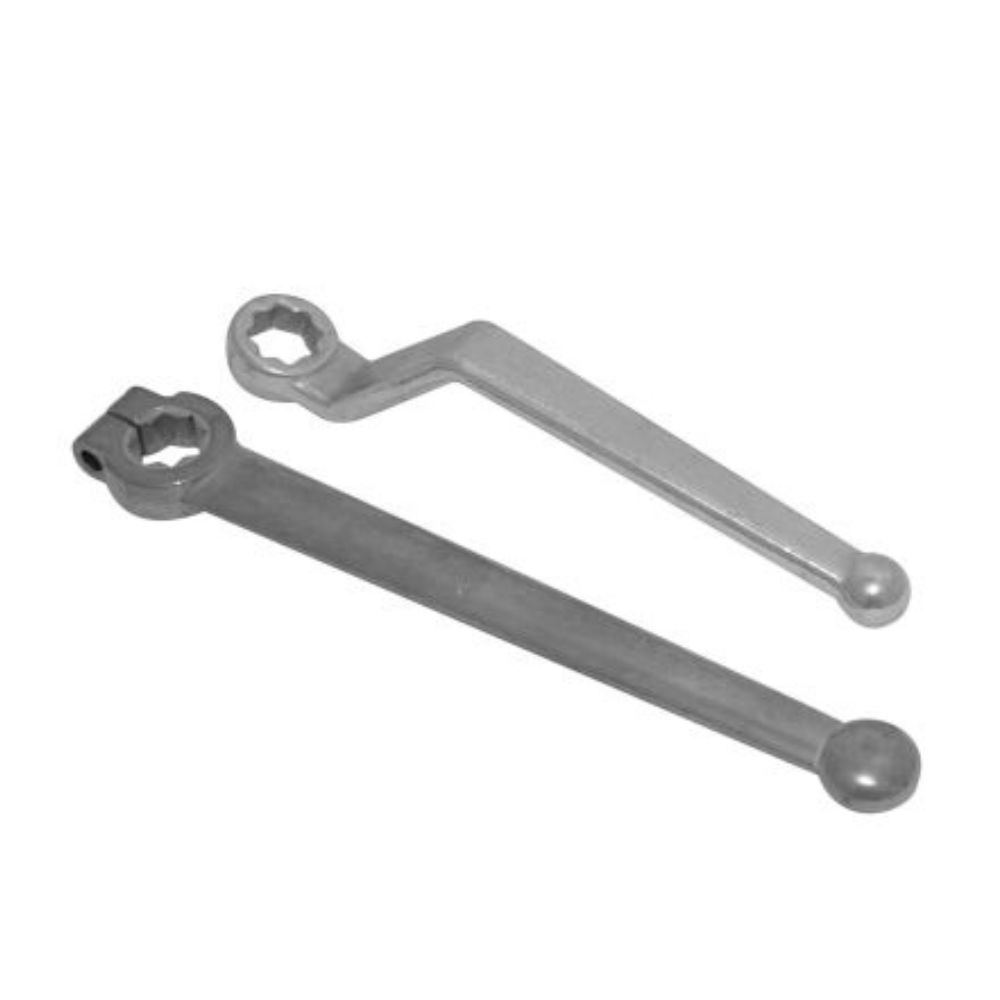
Ball valves accessories
We can supply all types of ball valves accessories with high quality and durability.
Ball Valve video
The video above shows the details of the ball valve in detail, please click on the video to watch it. If you have any other questions, please contact us.
Topa manufacturer hydraulic fittings
We are hydraulic fittings manufacturer, we provide all types of hydraulic fittings. So if you want to know more information, please feel free to contact us.
Your reliable Ball valve manufacturer
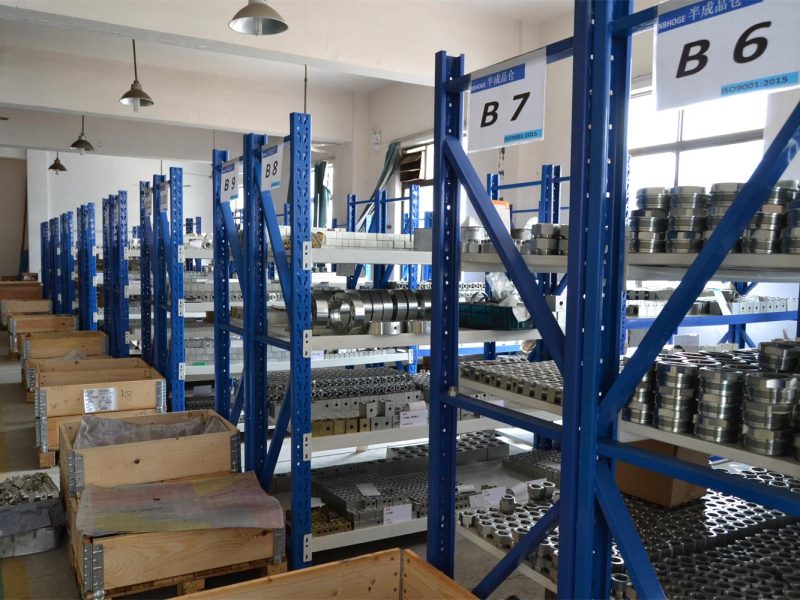
Topa offers different types of ball valve. A ball valve is a special sort of valve, called a shut-off valve, which has a rotating ball with a hole inside that allows fluid to pass smoothly without leakage. Ball valve consists of the Rotary Ball, the Body, the Base, the Shaft, the Bonnet, and the Packing. And they typically made of brass, stainless steel, PVC, titanium alloy, chrome, polypropylene, etc.
Ball valves are also characterized by the following:
1.Multiple application
2.Easy to operate
3.Easy to maintain
4.Safe and reliable
5.Durable
Why choose us
Topa, as a reliable supplier of hydraulic fittings, offers a wide range of high quality and durable hydraulic couplings, hydraulic hoses, industrial hoses, ball valves, cylinders, etc. The fittings we offer are also available in different sizes and materials. In addition to this, we can offer every customer.
1.Fast response service
If you have a need for certain fittings, please contact us, and if we see your question, we will reply as soon as possible.
2.Rigorous working attitude
Our staff will treat our customers with strict and serious working attitude, answer customers’ questions and provide solutions for you.
3.Fast shipping
If you place an order successfully, we will arrange production and shipping as soon as possible.
4.Satisfactory customization service
If you need a special accessory or machine, we can provide customized service to meet your needs.
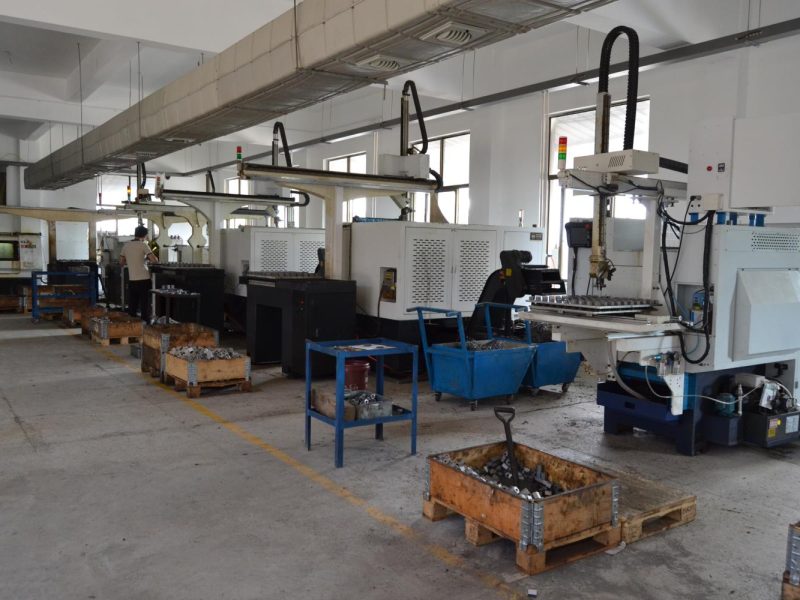
Application
Ball valves play an essential role in many different applications. Ball valves are utilized in agriculture, construction, chemical industry, food, transportation and in the family.
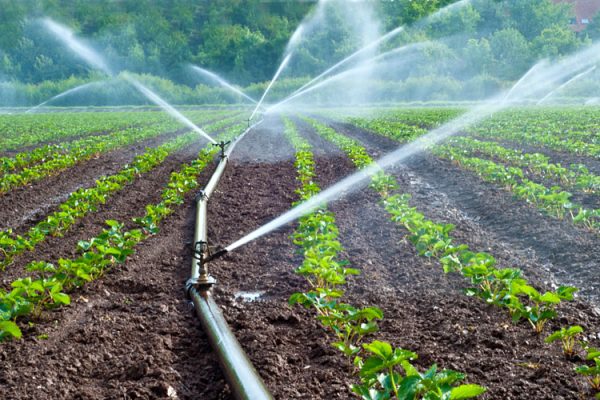
Agriculture
Ball valves can be used in agricultural irrigation systems, they control the discharge of liquids, are relatively simple to operate and easy to install.
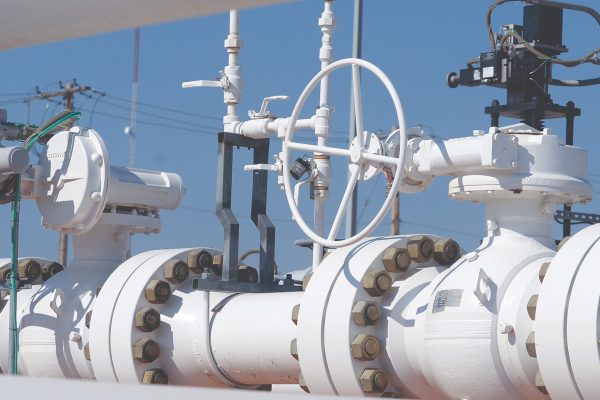
Oil and Gas
Topa offers a wide range of different types of ball valves. For oil and gas applications, high-pressure ball valves play a significant role. They are resistant to high pressure, less prone to leakage and durable.
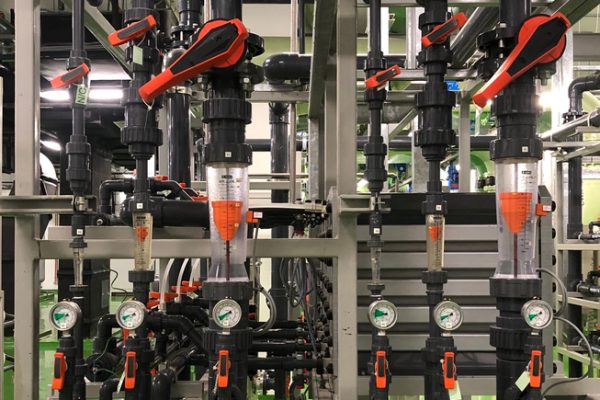
Industrial
The role of ball valves in industry is significant. Ball valves allow the flow of gases and liquids, and they provide a better seal in industrial piping systems and are resistant to high pressures and temperatures.
Ball Valve quality control
For each Topa product, multiple checks such as manufacturing monitoring, quality testing and packaging inspection are carried out to ensure the quality and level of the product.
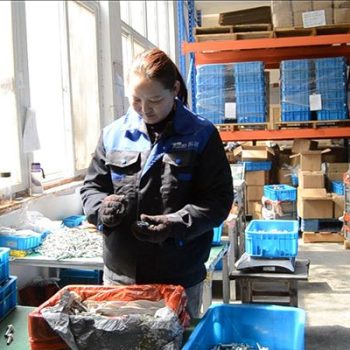
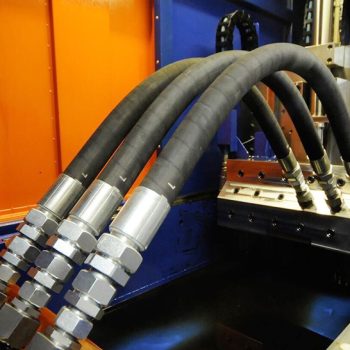
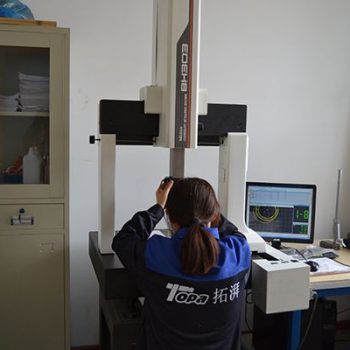
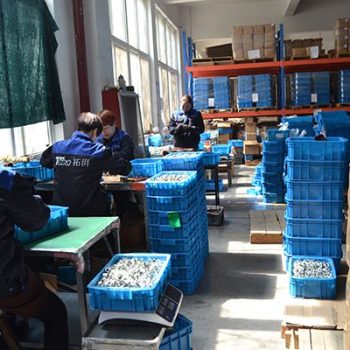
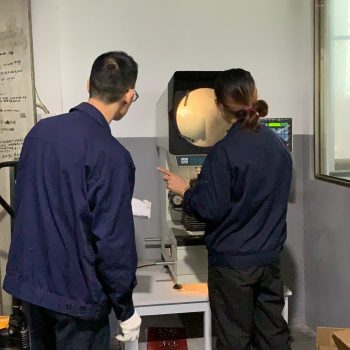
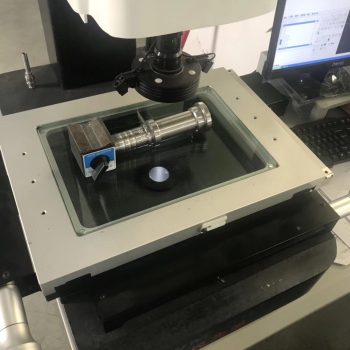
FAQ
What is the ball valves?
A ball valve is a special sort of valve, called a shut-off valve, which has a rotating ball with a hole inside that allows fluid to pass smoothly without leakage.
What are the components of a ball valve?
The components of a ball valve are the Rotary Ball, the Body, the Base, the Shaft, the Bonnet, and the Packing.
What are the applications of ball valves?
Ball valves play an essential role in many different applications. Ball valves are utilized in agriculture, construction, chemical industry, food, transportation and in the family.
What are the types of ball valves?
The type of ball valve depends on the individual and the needs of the application. If the requirements are simple,one-piece ball valve can be chosen; split ball valve has relatively high advantages and can be disassembled and repaired, while three-piece ball valve is relatively expensive, it also has more significant advantages and can be repaired directly, eliminating the trouble caused by disassembly.
How ball valves work?
The ball valve is a special shut-off valve that is capable of rotating a quarter turn, or ninety degrees. By rotating the ball valve, the fluid inside the pipe can pass smoothly, and if you want to stop the transmission, you can simply return it to its original state.
What are the advantages of ball valves?
The advantages of ball valves are significant, they are tightly sealed and difficult to leak, simple to operate, lighter in weight, diverse, and versatile.
What are the disadvantages of ball valves?
Ball valves are not suitable for use in permanent throttling applications and can be damaged by wear and tear in environments with suspended material.
What are the materials for ball valves?
Common materials include brass, stainless steel, PVC, titanium alloy, chrome, polypropylene, etc. Different materials have different characteristics.
Why do ball valves fail?
Ball valve failure generally has the following causes: ball valve packing loss of elasticity; ball valve into the internal contaminants, causing wear and corrosion on the ball valve; improper transportation or improper installation causing damage to the ball valve; lack of maintenance.
How to solve the failure of the ball valve?
Ball valve failures can be prevented by: regular inspection and maintenance, cleaning contaminants and replacing failed packing; proper installation of the ball valve according to instructions; and proper protection during transportation.

